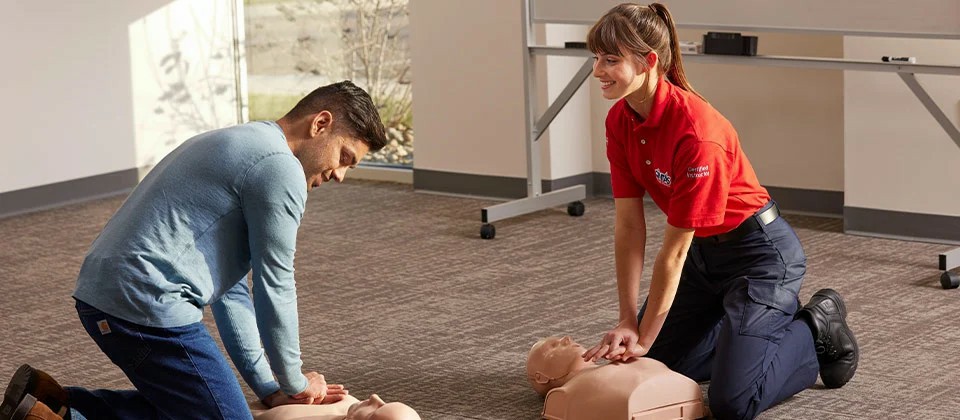


 349,500 Offered Certificates
349,500 Offered Certificates
 24/7 Online Training
24/7 Online Training
 Money Back Guarantee
Money Back Guarantee
 Fully Accredited Courses
Fully Accredited Courses

Created at: 25-02-2025 21:21
In today's unpredictable environment, the importance of being prepared for emergencies cannot be overstated. Whether you're a business owner, an HR professional, or a healthcare provider, having a trained team ready to respond to emergencies can make a significant difference. First Aid and CPR training is not just a regulatory requirement; it’s a lifesaving skill set that enhances safety across organizations. In this blog, we will explore the essential benefits of completing a First Aid Course and how achieving First Aid Certification empowers individuals and teams in emergency situations.
Emergencies can happen at any time and without warning. Having certified personnel trained in emergency response not only provides peace of mind but also quickens the response time in critical situations. Here are some vital reasons why First Aid & CPR training is essential:
The foundation of effective First Aid Training lies in mastering key skills that address common emergencies faced in workplaces:
Cardiopulmonary resuscitation (CPR) is a vital skill that everyone should learn. It is an emergency procedure that combines chest compressions and artificial ventilation to maintain brain function until further measures are taken. Here are some notable aspects of CPR that training should cover:
Ensuring compliance with workplace health and safety regulations is critical for any organization. First Aid Certification ensures that your employees are not only well-prepared but also that your organization meets legal obligations:
Understanding the initial steps to take during an emergency can substantially increase the chance of a positive outcome. The following procedures outline crucial steps to take:
Considering the broad range of options available, choosing the right First Aid Course is crucial. Here are some factors to consider:
For organizations with tight schedules, online first aid courses offer flexibility and convenience. Advantages include:
Investing in First Aid and CPR training is not just about meeting compliance; it is a proactive approach to safeguarding your employees and your organization. By empowering your team with essential emergency response skills, you cultivate a safe workplace environment where every employee feels secure.
Are you ready to boost your workplace safety today? Enroll in a certified First Aid & CPR training course and ensure that your team is equipped to handle emergencies effectively.
For inquiries, contact us at [email protected].